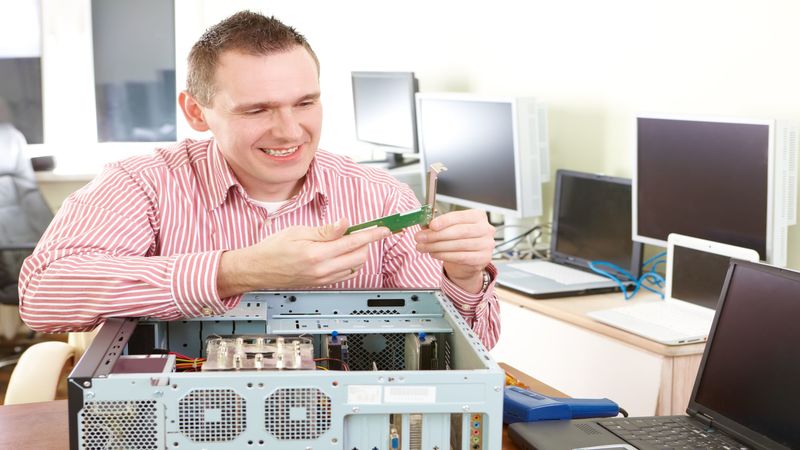A biometric time clock gathers specific physical data from employees as they clock in and out of work. The most common types are biometric fingerprint time clocks. Others include time clocks that scan an employee’s retina, as well as whole-hand scan devices. The primary advantage of biometric devices is that they can identify an employee based on his or her unique biometric characteristics, which means limited chance for error or time theft. These devices automatically track an employee’s punches and stores their time on cloud-based servers.
When an employee arrives at work, all he or she has to do is simply touch his or her fingerprint on the device scanner. The same process is used at the end of the day when the employee clocks out, as well as for any unpaid breaks. The arrival and departure time is stored for future use by payroll and HR, both of whom need employee time records. In addition to being used for pay purposes, a biometric time clock allows the company to keep accurate and up-to-date statistics on every employee, thus allowing for disciplinary action if necessary (e.g. excessive tardiness, early departures, etc.), or to determine eligibility for certain benefits such as sick leave.
Biometric fingerprint time clocks are useful for a host of other reasons as well. For example, the company can use them to determine if an employee is currently on-site or punched in. There are often times when supervisors need to not only know if their employees are actually at work, but in which department they are currently working. This can help out with load balancing and can even help track an employee down should they need to be contacted.
Another major advantage of biometric fingerprint time clocks is the fact that they totally eliminate the possibility of “buddy punching”. With traditional time clocks with punch card systems, it was easy for an employee to punch in for a coworker that was maybe running late or that left early. Buddy punching is considered a form of time theft and is the type of thing that leads to payroll inaccuracies and overpayments. When biometric time clock systems are in place, it is nearly impossible to engage in Buddy Punching. The employee must be physically present to enter his or her unique fingerprint into the system. Since no two fingerprints are the same, this eliminates the possibility of any manipulation of time records. This also adds another layer of benefit for employee morale. If and when employees know they are each being held to the same level of accountability when it comes to their work hours, they are much more satisfied with the time tracking process. Studies have also shown employees to be more productive when using a biometric time tracking system.
